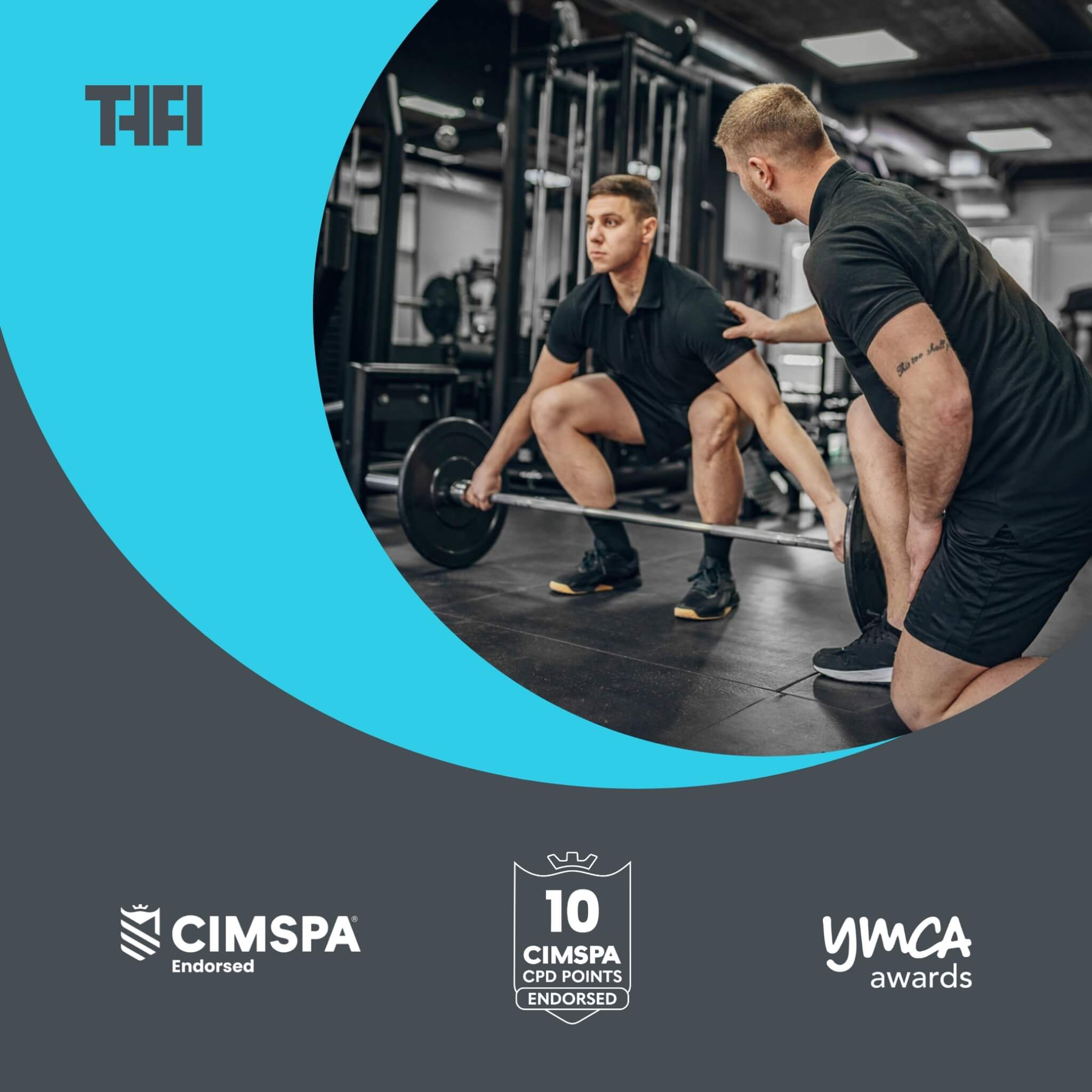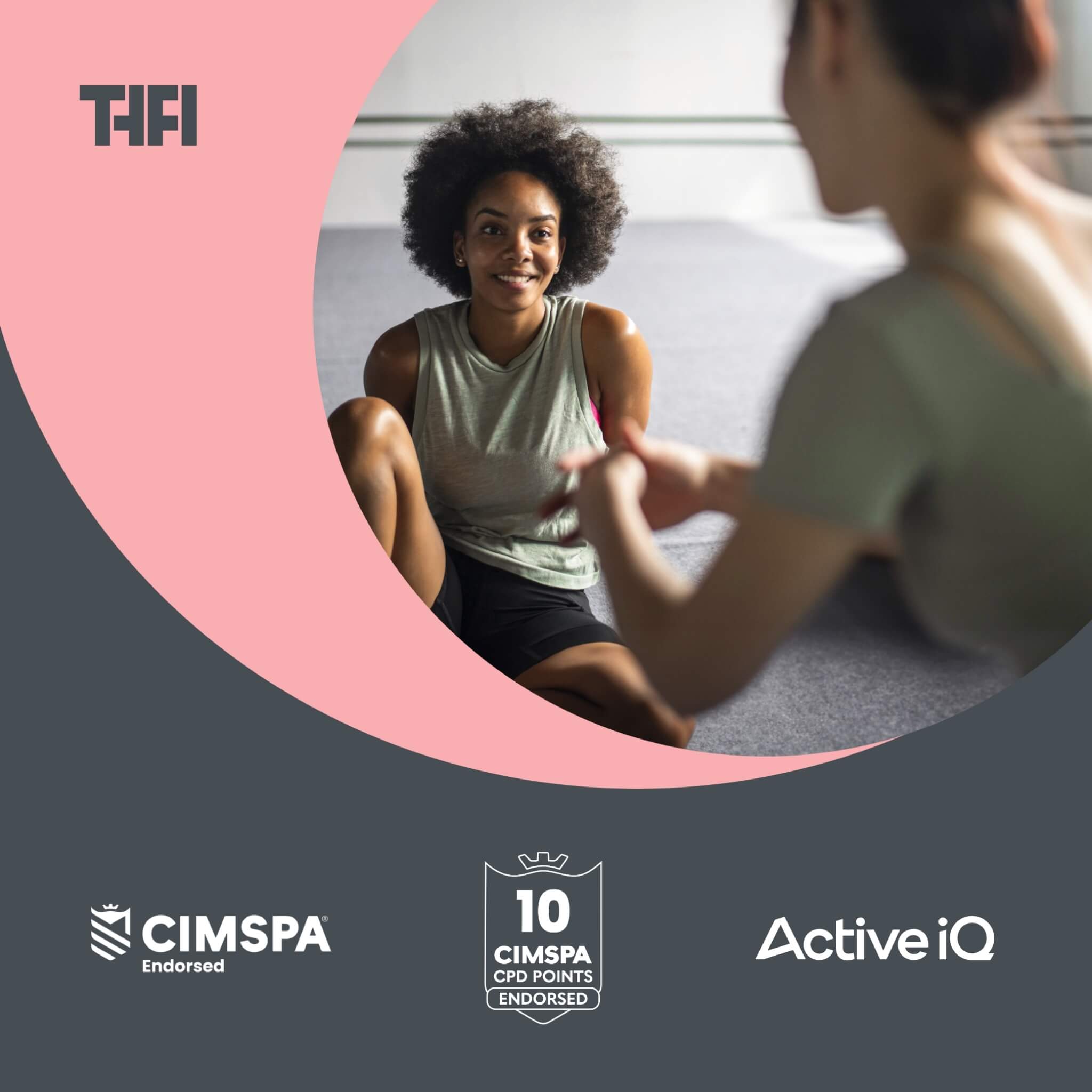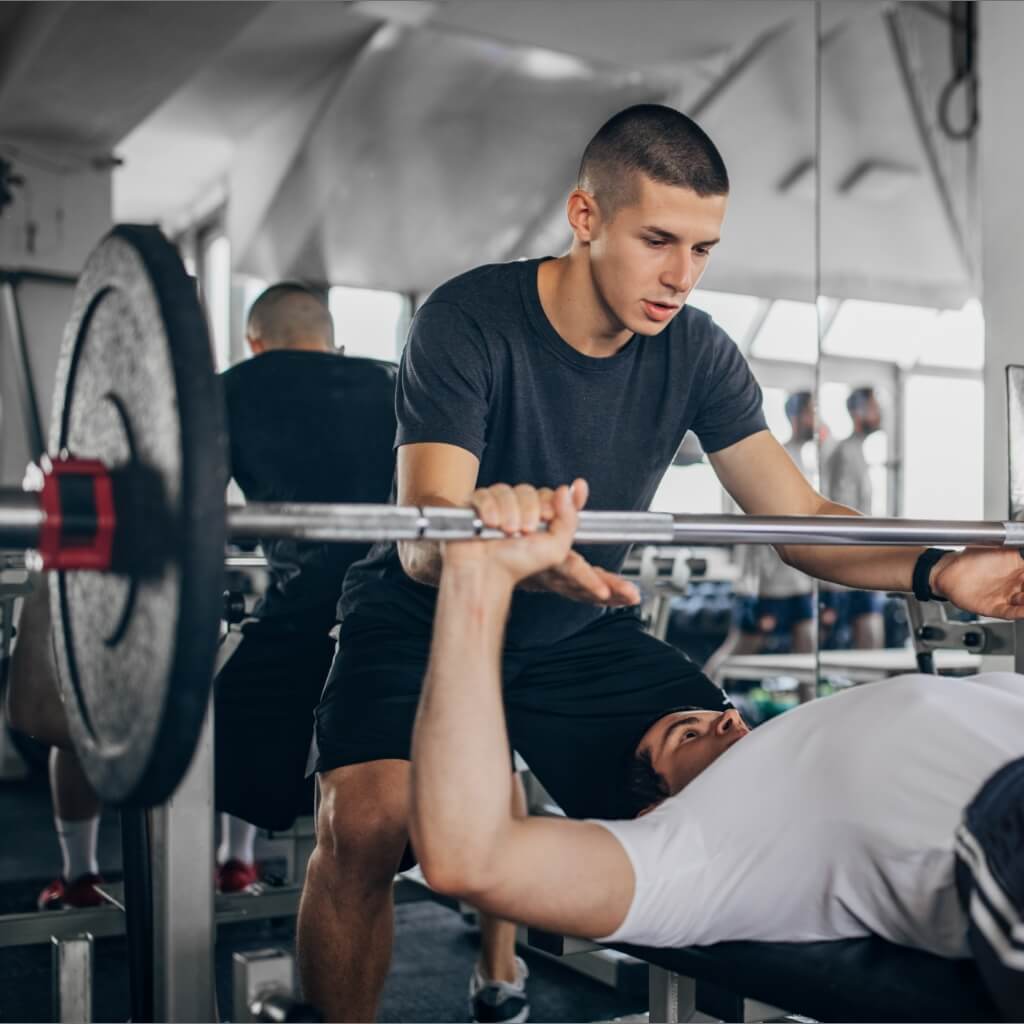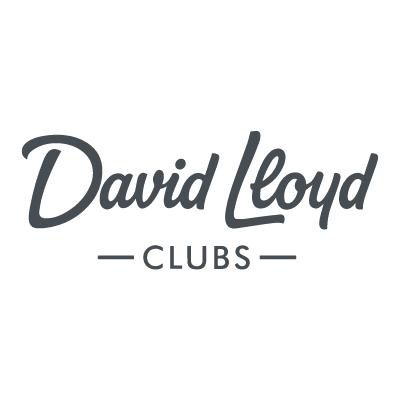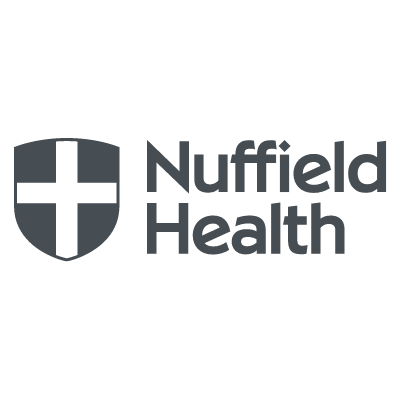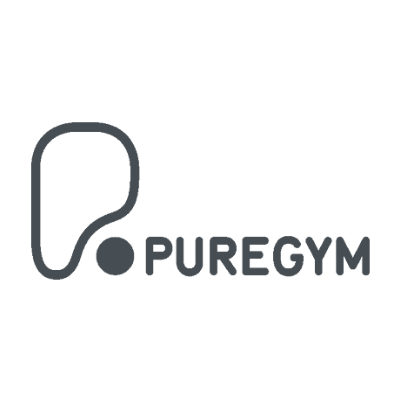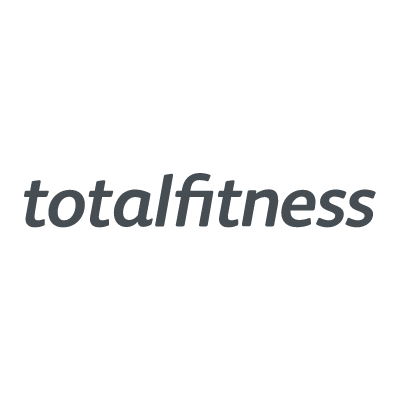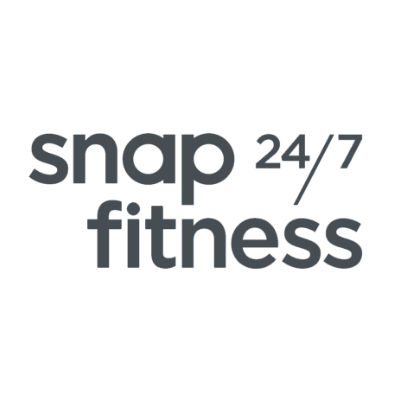Personal Trainer Jobs: A Complete Guide to finding a job as a Personal Trainer

How do you get a job as a personal trainer? Where do you even start looking for roles? What makes you stand out from all the other new trainers you’re up against?
These are probably some of the questions running around your mind if you’re trying to break into the fitness industry.
Yes, there’s never been a better time to be a personal trainer – with over 10 million gym users in the UK and over £2 billion being spent on health and fitness.
But research also shows that a staggering 70% of newly qualified trainers struggle to land a job within their first six months.
That’s why we’ve created a comprehensive guide to getting your first job as a personal trainer.
We show you the qualifications you need, and give you a roadmap for finding, applying for, and securing the job you ant in personal training.
It gives you expert tips on shining up your CV, the best places to search for jobs, how to prep for interview, and the extra tips and qualifications you can pick up to give you the edge in the job market.
Read this article and turn your PT certificate into a fulfilling and high-earning fitness career...
STEP 1: Get qualifications and experience
Earn the right certificates and qualifications
Before you can begin researching jobs in personal training, it is critical that you get the right qualifications.
While not all PT jobs will require a degree, getting qualified will not only provide you with the skills necessary to build a career as a personal trainer, but it will also provide you with more opportunities and it will help prospective employers and clients to take you more seriously.
The minimum qualification you will need is a Level 2 Certificate in Fitness Instruction. This will allow you to work in the fitness industry on the gym floor.
To become a personal trainer however, a is Level 3 Diploma in Personal Training required in the UK.
Completing these industry recognised programs will give you the qualifications to start your personal training career.
Consider a First Aid course
Another step you should consider taking when preparing for a career in personal training is to get training and qualification in basic First Aid.
Not only will having this training be useful in case an emergency should arise on the job, but it will also demonstrate to clients that you are dedicated to safety.
Additionally, since many employers require personal trainers to obtain first aid qualification, getting first aid certified will show initiative and may set you apart from other applicants as you begin applying to open positions.
You can get a First Aid qualification through St John's Ambulance or the British Red Cross.
Get some experience
As you work toward getting the proper certifications needed to become a personal trainer, you should try to get some entry-level experience that you can put on your resume; this can be particularly critical for those who have never worked as a fitness instructor or gym instructor before as it will give you exposure to the industry.
One of the best ways to do this is to apply to work at a local gym. This will give you an opportunity to observe other fitness professionals and get a feel for how the industry works.
You may also want to consider asking a successful personal trainer if you can shadow them as this will help you to learn what it takes to be a good personal trainer.
Stay in shape
As you begin looking for jobs in personal training, it is critical that you maintain your physique by continuing to work out and eat healthily.
While aspiring personal trainers are often in good shape, it can be easy to let your workout routine slide as you become overwhelmed by your certification courses and the stress of searching for a job. However, as a personal trainer, clients and employers will be looking at your body as an indicator of your fitness knowledge and skills.
Maintaining your health is then critical in order to find a job and bring in new clients, as you will become a walking advertisement for your personal training business.
STEP 2: Start your job search
Where can I look for jobs?
Once you obtain the proper qualifications it will be time to begin looking for personal trainer positions in your area. However, for those new to the industry, it can be difficult to know where to start your jobs search.
Here are a few places you can start as you begin looking for personal training jobs.
- Local leisure centres: Local leisure centres, health clubs or gyms are great places to start your job search. These facilities often have openings for personal trainers, and with how much the fitness industry has been expanding it is likely that there are multiple facilities close to you, which would allow you to work near your home.
- Nationwide and boutique gyms: If you prefer to work for a company that has more brand recognition consider Pure Gym, Fitness First, or Virgin Active, as they most likely have gyms near you. Boutique gyms such as Equinox or David Lloyd are another option as well. These types of gyms tend to get more traffic which means more job opportunities for you.
- Private personal training studios: If you want a space to train clients in a more focused setting where peak times aren’t busy and machines are taken up by the general public, private PT studios can be a great option. Also, personal training businesses, like Ultimate Performance, operate private gyms in major cities across the world and handle all the sales, marketing, and client acquisition, so you just focus on training clients and delivering results.
- Hotels and Spas: One place you may not have considered applying for a personal trainer job would be at a hotel or spa. Many hotels and spas have fitness centres available to their guests, and many keep personal trainers on staff to work with patrons. Not only would a hotel job provide you with experience working with a wide range of people, but working at a high-end facility may help you to make connections with investors who could help you start your own fitness centre later on.
- Job Boards: If you have a difficult time finding companies/facilities with job openings you can apply to, online job boards are another great place to find personal trainer positions. While it is always helpful to start by looking at generic job boards such as Indeed and LinkedIn for openings, there are also websites specific to the fitness and leisure industry where it may be easier for you to find suitable positions.
Finding the right places to apply can help you to maximize your chances of getting interviews in those critical months after finishing your training programs.
STEP 3: Refresh your CV
Make sure that you refresh your CV to highlight your experience and training before applying to jobs in order to help your applications to stand out.
Must-haves in a Fitness CV
- Qualifications: Right at the top, list your certifications and any related courses. Include any first-aid qualifications too; it's often a sought-after bonus.
- Experience: Even if you're just starting, any fitness-related role, be it an internship or volunteer position, counts. Detail your responsibilities and achievements.
- Specialisations: Do you have a knack for high-intensity training or a passion for pilates? Highlight it.
- Testimonials: Client feedback can make your CV pop. If you've had clients who've achieved significant results under your guidance, mention them (with permission, of course).
- Soft Skills: As a PT, you're not just guiding workouts. You're motivating, communicating, and inspiring. Highlight skills like "excellent communication" or "strong motivational abilities."
Mistakes to Avoid: Common PT CV Blunders
- Being Vague: "Helped clients" is too broad. Instead, specify, like "Assisted 20+ clients in achieving their weight loss goals in under 6 months."
- A Crowded CV: Keep it concise. Anything more than two pages and you risk losing the recruiter's attention.
- Overlooking the Basics: Spell-check, grammar, and a professional layout can make all the difference. First impressions matter.
- Neglecting the Cover Letter: Think of it as your elevator pitch. It's your chance to showcase your passion and why you're the best fit for the role.
STEP 4: Prepare for your interview
Once you start applying to jobs, it is likely that you will begin to start hearing from businesses about interviews within weeks, or even days, after you start applying. This makes it important that you start preparing for interviews now so that you are ready when the time comes.
Aside from practising answers to standard interview questions, here are a few steps you can take to prepare for personal training interviews.
Dress to impress
It is not uncommon for new personal trainers to be unsure how they should dress to an interview. Should they wear fitness attire, or should they dress in smart or formal clothing as you would for most job interviews?
Even though you are applying for a fitness position, it is still important that you dress to impress for the interview. Wear nice clothes to make a good first impression.
For men: A smart polo shirt paired with well-fitted trousers can strike the right balance. If you're expecting a practical demonstration (more on that below), bring along your workout gear but ensure it's clean and presentable.
For women: A tailored top with smart trousers or a skirt can exude professionalism. As with the men, if a practical session is on the cards, pack your workout attire.
Lastly, don’t be afraid to ask your interviewer beforehand how you should dress, as this is a totally acceptable question given the industry and circumstance.
Prepare for a demonstration
Many first-time interviewees are also caught off-guard by the practical portion of the personal trainer interview; however, it is not uncommon for interviewers to ask you to demonstrate an exercise or give a mock fitness tutorial so that they can see how you would work with clients or customers. You should then take some time before the interview to practice demonstrating exercises, and teaching fitness routines to family and friends, in order to ensure that you are prepared in case you are asked to give a demonstration during your interviews.
What employers look for in practical demonstrations
- Technical skills: It goes without saying, but your form and technique should be impeccable. It's the foundation of your profession.
- Communication: Can you clearly convey exercises to clients? Can you adjust your language for a fitness newbie vs an experienced gym-goer?
- Adaptability: Sometimes, interviewers will throw a curveball—maybe a piece of equipment you're unfamiliar with or a challenging mock client scenario. How you adapt can be more important than what you already know.
Quick tips to nail the mock training session
- Prepare, but be ready to pivot: Have a plan in mind, but if the situation changes, show your adaptability.
- Engage with your "client": Ask them how they're feeling, if they have any pain, and motivate them throughout.
- Safety first: Always ensure you're conducting exercises in the safest manner possible. It's paramount in a real-world scenario and is sure to be judged in an interview.
Questions you should be asking your potential employer
It's easy to feel like the interview is a one-way street. But remember, it's as much about them fitting your vision as the other way around. Here are some questions you might consider:
- "What's the client-trainer ratio here?"
- "How do you handle client complaints or disputes?"
- "What opportunities for professional development do you offer?"
- "What's the retention rate for your personal trainers?"
- "How do you market the services of your trainers to the gym's membership?"
Asking these questions not only shows your eagerness and commitment but helps you gauge if this is somewhere you can see yourself long-term.
In the end, interviews are a two-way dialogue. Both you and your potential employer are scoping each other out, looking for the best fit. So, be yourself, showcase your skills, and remember that every interview, whether successful or not, is a step closer to your dream role in the fitness industry.
STEP 5: Consider becoming a freelance trainer
While there are many jobs available for personal trainers at gyms and health clubs, a majority of personal trainers are freelance.
The upside to being a freelance personal trainer means complete control. You decide when to work, whom to train, and how to market yourself. There's no cap on your earnings, and the potential to build a brand that's uniquely you is unparalleled.
However, as a freelancer, you must hustle to find clients, handle your accounts, and manage every tiny detail. Stability might take a hit, especially in the early days. And remember, building a client base from scratch requires a blend of patience, persistence, and a sprinkle of charisma.
If you think working for yourself would be right for you, you can get started by:
1. Training family and friends
When you first start your personal training business, it will be critical for you to get exposure for yourself and your work, which may require you to do some discounted, or free, training sessions. Start by training your family and friends, and offer them free sessions on the condition that they write a review for your website or social media accounts. Family and friends are a great place to start as they are likely to talk about you to friends and co-workers, which will likely lead to new clients as people see your work shaping those around you.
2. Developing an online presence
Perhaps the most important thing you can do to gain exposure for your personal training business is to develop an online presence. Developing business accounts on Facebook, Twitter, TikTok, and Instagram, and posting on these platforms frequently, can go a long way in helping your business to grow early on. Do not be afraid to ask people close to you to follow these pages and share your posts, and you should consider asking customers (or friends) to post testimonials about your work. You may even want to try posting short video clips of sessions with clients that highlight your abilities.
3. Getting the right insurance
If you plan to go freelance, it is also important that you invest in liability insurance. Insurance is critical for personal trainers as it will protect both you and your clients in the event that an injury, or property damage, occurs during a training session. Investing in insurance is not only a smart move in order to protect yourself, but it also demonstrates to clients your professionalism and your commitment to safety.
STEP 6: Continuous Learning and Career Advancement
In an industry as dynamic and ever-evolving as fitness, standing still is equivalent to moving backward. Your initial qualifications might get you in the door, but continuous learning and networking are the keys to long-term success and career growth. With new fitness trends emerging regularly and clients becoming increasingly savvy about what they want, it's essential to remain at the forefront.
1. Keeping Up with Fitness Trends
Every year, there's a new 'big thing' in fitness. Whether it's a novel workout regimen, a cutting-edge piece of equipment, or a fresh approach to nutrition, staying updated is vital.
- Research regularly: Dedicate time weekly or monthly to check leading fitness blogs, magazines, and forums.
- Attend workshops and classes: Hands-on learning allows you to experience new techniques or trends firsthand.
- Listen to your clients: Often, they're your best source of what's becoming popular. Their questions and interests can point you toward areas worth exploring further.
Remember, not every trend will be right for you or your clients, but knowledge of them enables you to make informed decisions and recommendations.
2. Gaining further qualifications and why they matter
Your foundational personal training qualification is just the start. As you delve deeper into the fitness industry, you'll discover niches and specialisations that can set you apart.
- Specialised Training: Whether it's pre-natal fitness, senior fitness, or sports-specific training, specialised qualifications allow you to cater to particular market segments with confidence. THFI offer a range of courses to help you gain advanced qualifications.
- Nutrition: Many clients are as interested in diet as they are in exercise. A qualification in nutrition can make you a one-stop-shop for their health and fitness needs.
- Business skills: If you're considering opening your studio or becoming a freelance trainer, courses in business management or marketing can be invaluable.
Further qualifications not only expand your skill set but also underscore your commitment to the profession, making you a more attractive choice for potential employers or clients.
3. Building a network and why it’s crucial
You've heard the saying, "It's not what you know, but who you know." And in the world of personal training, this rings especially true.
- Client referrals: A strong network can be a constant source of new clients. When fellow fitness professionals trust you, they'll be more likely to refer clients your way.
- Learning opportunities: Engaging with peers allows for knowledge exchange. You'll be surprised at the tips and tricks you can pick up from casual conversations.
- Support and collaboration: Having a network means having a support system. Whether it's navigating challenges or seeking feedback, your network is an invaluable resource.
Engage in local fitness events, join online groups, attend conferences, and always be open to collaboration. Building and maintaining a robust professional network will serve you throughout your career.
Conclusion
Let’s recap what we have talked about so far in this article:
- Get the proper qualifications - this means you are well-trained and ready to deliver actionable, expert results to your clients on a broad range of fitness subjects and practices.
- Take a First Aid course or other supplementary courses for more experience. And while you are at it, gain as much experience as you can in the field.
- Stay in shape to look the part and to help you stand out during your interview preparation.
- For your interview, dress to impress and make sure you are ready to demonstrate all necessary movements.
- Remember that going freelance is always an option! You don’t have to work at a commercial gym, if you don’t want to.
- Continue to learn – do more advanced qualifications, keep ahead of new trends, or even take a business development course.
Finding your dream job as a personal trainer requires learning both hard and soft skills. Fortunately, acquiring those skills and the experience that comes along with them will make it much easier to find a job as a personal trainer in the future.
Follow the tips above and you should be well on your way towards a bright career as a personal trainer. Contact us today for more advice about starting your career as a personal trainer.









